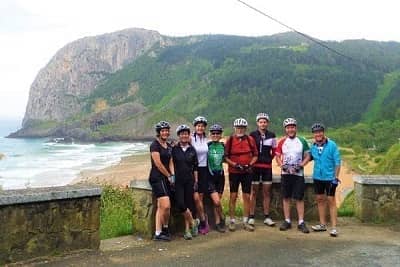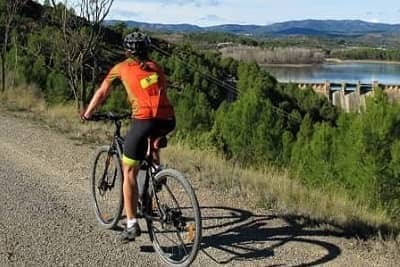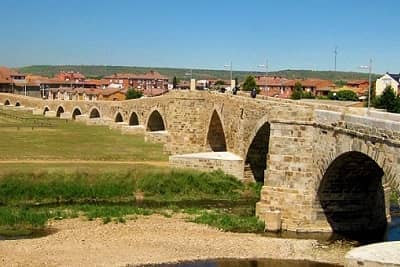Five Lesser Known Spanish Towns for History Lovers
Spain is one of the most incredible countries to visit for history lovers. There are many cities with a great variety of historical influences; from the great Andalucian cities of Seville and
Granada, to the impressive architecture
in Barcelona
and Valencia.
However, there are also many towns and villages, much less visited than the big cities, that are of real historical interest. They are places that tell an important story, or played a major role in the development of Spanish and European history. Here we look at five of our favourites, although there are many, many more to discover.
It is home to the ruins of the Roman city of Italica, which is one of the best preserved ancient sites in Spain. Italica was one of the first colonies founded by the Romans when they arrived in Spain in the 3rd century BCE, and it went on to become a thriving city.
By the 1st century CE it was so important that it was producing Roman emperors. Both Trajan and Hadrian were born in the town, and they invested heavily in the monumental buildings which still stand today
The centre-piece is the huge amphitheatre which seated 25,000 spectators, and remains in excellent condition. There are also several complete mosaics, temples, roads and the remains of an impressive theater on the outskirts.
If you are in Seville, don't hesitate to take a day trip out here.
It is perhaps best known for being home to the most important university in Spain, where teaching began way back in 1130. This makes it the second oldest university in all of Europe, behind only Bologna.
The city is full of historic monuments centered around the old town and the university area. At the heart of it all is the bustling Plaza Mayor, which is always a hub of activity as the light dazzles off its polished granite floor.
In ancient times, Astorga was indeed the most important city in North-Western Spain. Its original name was Asturica Augusta - named after the Roman Emperor Augustus who founded it as a colony and turned into the provincial capital. Roman ruins can still be seen in the city, notably in the wall that surrounds the old town, but there are also some remains of houses and the sewer complex.
Following the fall of the Roman Empire, Astorga remained an important bishopric, and the episcopal palace today is one of the architectural highlights. Designed by Antoni Gaudí, its modernist style stands proudly in between the traditional cathedral and the Roman wall - creating a stunning stylistic contrast.
Astorga is also known for its chocolate. When the Spanish began to colonize the Americas in the 16th century, they brought cocoa beans to Europe for the first time. And one of the very chocolate industries grew up in Astorga. Even today, you can visit chocolate shops and a museum in the town and taste the original recipe!
Today Gernika is a busy market town of historic importance, having been the meeting place of the Basque parliament (underneath an oak tree). It is home to the peace museum which charts the history of Gernika at the centre of Basque Culture, and illustrates what the town stands for today in terms of human rights and universal peace. There is also a tiled wall in the town with a large scale replica of Picasso's famous painting.
You can read the full story of Gernika here. Or come and visit the town on our cycling holiday through the Basque Country.
In the 3rd century BCE the citadel was besieged by the great Carthaginian general Hannibal Barca, which led to the start of the Second Punic War. Hannibal eventually took Sagunto and then crossed the Alps with his elephants to fight Rome in Italy. The Romans had other ideas though, and their eventual victory in the war led them to conquering Spain and expanding to the Western Mediterranean for the first time.
The citadel has been modified over thousands of years by various different cultures. It is very well preserved with the remains of buildings from these different eras, including parts of the Roman forum. There are also extensive remains of the Muslim era building, which was heavily fortified during the reconquista struggle with the Christian kingdoms of northern Spain.
Even in modern times, the citadel has played a role in key historical developments. It was damaged in the early 19th century when Napoleonic forces besieged it as they looked to consolidate their rule over Spain.
For any history lover, this is a fantastic place to visit on a day trip from Valencia, or join us on our cycling holiday from Aragon to Valencia which explores Sagunto along with many other fascinating historic towns in the region.
These are just a few of the lesser known cities in Spain which tell a particularly story. To find out more return to our history section, or check out the tours below if you would like to visit them in person!
However, there are also many towns and villages, much less visited than the big cities, that are of real historical interest. They are places that tell an important story, or played a major role in the development of Spanish and European history. Here we look at five of our favourites, although there are many, many more to discover.
5) Santiponce
Situated less than 10 kilometres from Sevilla, the town of Santiponce is a fantastic place for lovers of history, and is one of the favourite places we visit on our cycling tours around Andalucia.It is home to the ruins of the Roman city of Italica, which is one of the best preserved ancient sites in Spain. Italica was one of the first colonies founded by the Romans when they arrived in Spain in the 3rd century BCE, and it went on to become a thriving city.
By the 1st century CE it was so important that it was producing Roman emperors. Both Trajan and Hadrian were born in the town, and they invested heavily in the monumental buildings which still stand today
The centre-piece is the huge amphitheatre which seated 25,000 spectators, and remains in excellent condition. There are also several complete mosaics, temples, roads and the remains of an impressive theater on the outskirts.
If you are in Seville, don't hesitate to take a day trip out here.
4) Salamanca
Salamanca is more well known than the other places on this list, but is certainly not as well visited as the larger Spanish cities. Situated in the west of Spain, Salamanca dates back to pre-Roman times, and the old town is a Unesco World Heritage site.It is perhaps best known for being home to the most important university in Spain, where teaching began way back in 1130. This makes it the second oldest university in all of Europe, behind only Bologna.
The city is full of historic monuments centered around the old town and the university area. At the heart of it all is the bustling Plaza Mayor, which is always a hub of activity as the light dazzles off its polished granite floor.
3) Astorga
Astorga today is probably best known as a stop along the Camino de Santiago pilgrimage route. But it deserves to be recognized as a stunning city within its own right.In ancient times, Astorga was indeed the most important city in North-Western Spain. Its original name was Asturica Augusta - named after the Roman Emperor Augustus who founded it as a colony and turned into the provincial capital. Roman ruins can still be seen in the city, notably in the wall that surrounds the old town, but there are also some remains of houses and the sewer complex.
Following the fall of the Roman Empire, Astorga remained an important bishopric, and the episcopal palace today is one of the architectural highlights. Designed by Antoni Gaudí, its modernist style stands proudly in between the traditional cathedral and the Roman wall - creating a stunning stylistic contrast.
Astorga is also known for its chocolate. When the Spanish began to colonize the Americas in the 16th century, they brought cocoa beans to Europe for the first time. And one of the very chocolate industries grew up in Astorga. Even today, you can visit chocolate shops and a museum in the town and taste the original recipe!
2) Gernika
Gernika (also known as Guernica) has been immortalised by Picasso's painting depicting the bombing of the town during the Spanish civil war. In 1937 the town was devastated by the German Luftwaffe, who tested out their Blitzkrieg tactics while supporting Franco's nationalists.Today Gernika is a busy market town of historic importance, having been the meeting place of the Basque parliament (underneath an oak tree). It is home to the peace museum which charts the history of Gernika at the centre of Basque Culture, and illustrates what the town stands for today in terms of human rights and universal peace. There is also a tiled wall in the town with a large scale replica of Picasso's famous painting.
You can read the full story of Gernika here. Or come and visit the town on our cycling holiday through the Basque Country.
1) Sagunto
Sagunto is another Roman town situated 30 kilometres north of Valencia, on the edge of the Sierra Calderona natural park. Its most impressive feature is the vast Roman citadel which overlooks the city.In the 3rd century BCE the citadel was besieged by the great Carthaginian general Hannibal Barca, which led to the start of the Second Punic War. Hannibal eventually took Sagunto and then crossed the Alps with his elephants to fight Rome in Italy. The Romans had other ideas though, and their eventual victory in the war led them to conquering Spain and expanding to the Western Mediterranean for the first time.
The citadel has been modified over thousands of years by various different cultures. It is very well preserved with the remains of buildings from these different eras, including parts of the Roman forum. There are also extensive remains of the Muslim era building, which was heavily fortified during the reconquista struggle with the Christian kingdoms of northern Spain.
Even in modern times, the citadel has played a role in key historical developments. It was damaged in the early 19th century when Napoleonic forces besieged it as they looked to consolidate their rule over Spain.
For any history lover, this is a fantastic place to visit on a day trip from Valencia, or join us on our cycling holiday from Aragon to Valencia which explores Sagunto along with many other fascinating historic towns in the region.
These are just a few of the lesser known cities in Spain which tell a particularly story. To find out more return to our history section, or check out the tours below if you would like to visit them in person!
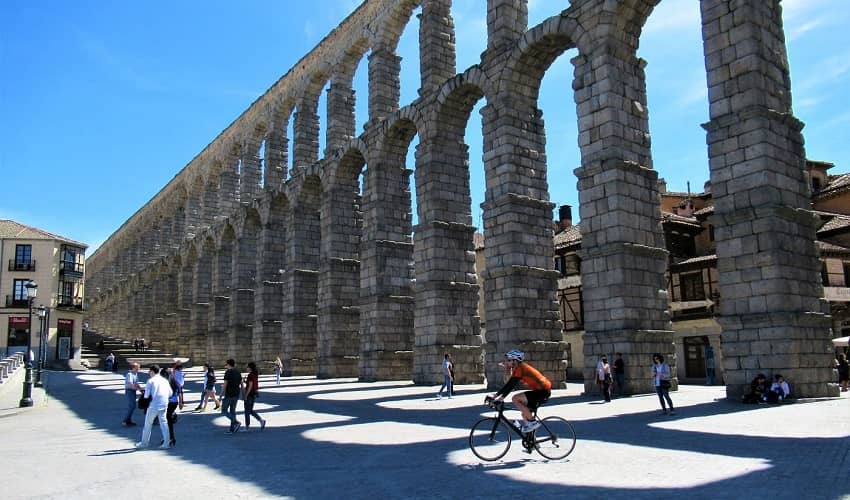
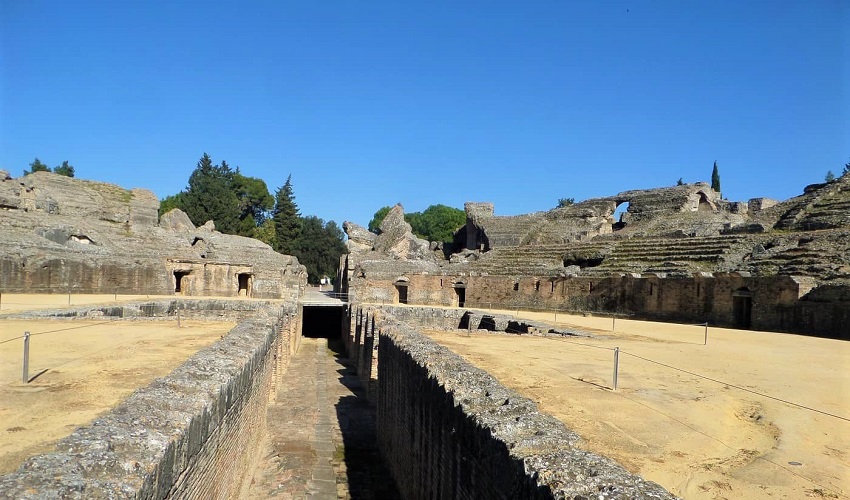
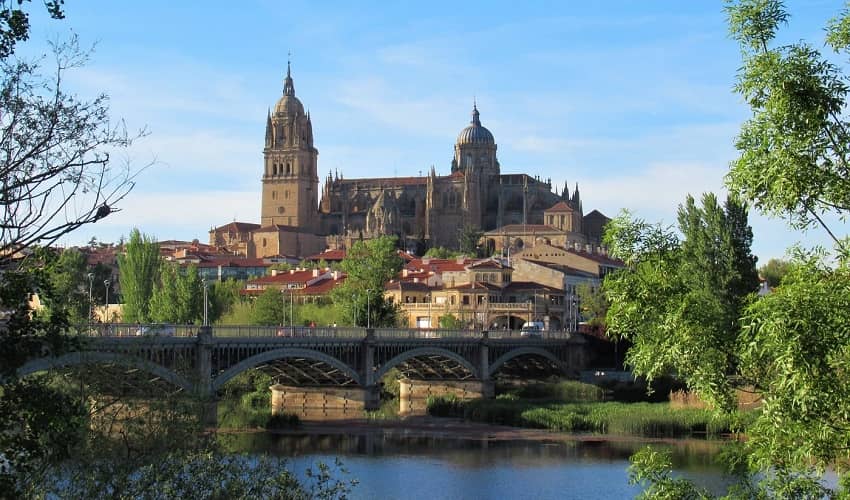
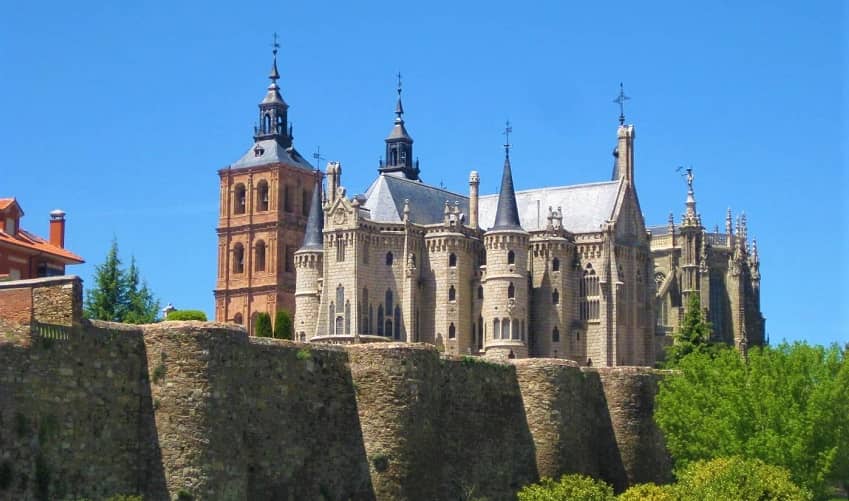
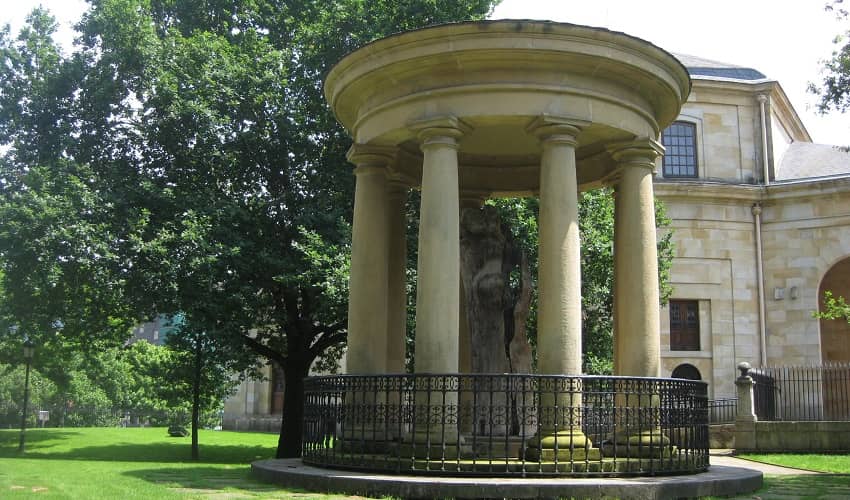
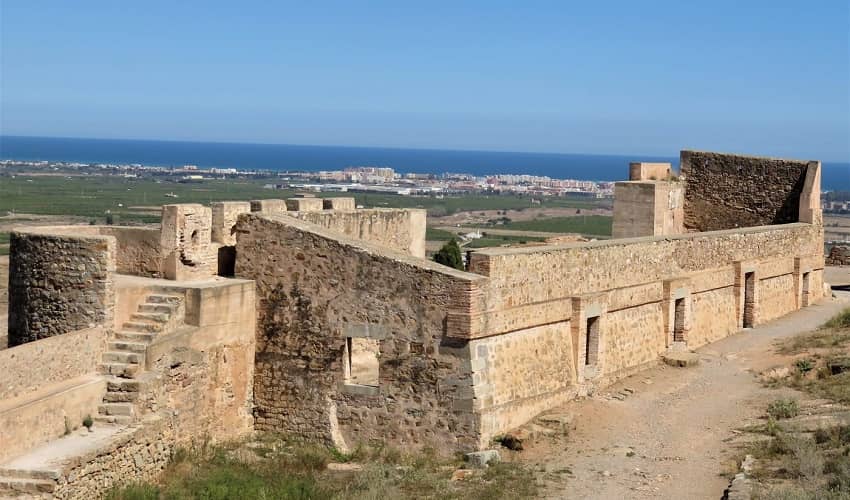
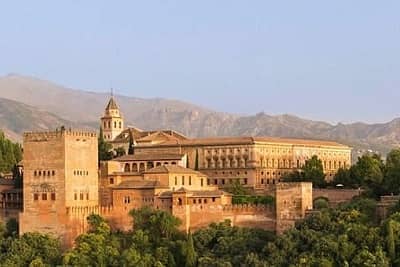
 Spain
Spain
